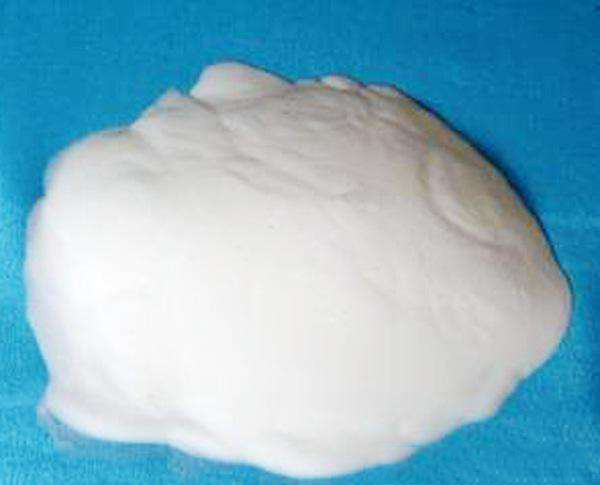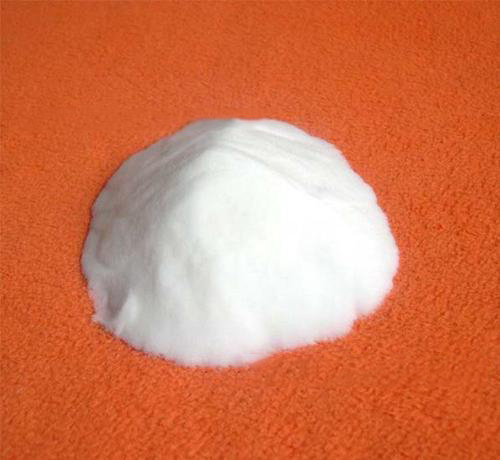Some experience of chromatography silica gel
It is often said that the column should be called column chromatography: also called column chromatography. We usually use silica gel or alumina as the stationary phase, because silica gel is slightly acidic, it can only be used for the separation of compounds that are not sensitive to acid. Commonly used silica gel or h for 300-400 purpose column: because the specific surface of adsorbent is large: the moisture adsorbed in wet weather or in long-term storage will produce polar acid and alkali > alcohol, amine, mercaptan > ester, aldehyde, ketone > aromatic compound > halogenate, ether > olefin > saturated hydrocarbon. 3. The column can be divided into: pressure: atmospheric pressure: pressure reduction. Pressure can increase the flow rate of eluent: reduce the time of product collection, but reduce the number of column plates. Experience: whether to pressurize the column or not should be analyzed in detail. Generally, the column with a relatively thick diameter can be used under normal pressure. Because its transverse decompression column can reduce the use of silica gel, it can save half or even more. However, a large amount of air should be thick and long in theory. Column chromatography silica gel is long: the corresponding number of trays is high. The column is coarse: the adsorption column of the sample after loading. As there are too many experience components in column separation, I will write some experience of column separation in recent years, hoping to be helpful.

1. Adsorbent
The commonly used adsorbents are alumina, silica gel, magnesium oxide, calcium carbonate and activated carbon, etc.: the adsorbent is generally purified and activated: the particle size should be uniform. For the adsorbent, the particle size is small and the surface area is large: the adsorption capacity is high; but the particle size is small: the flow rate of the solvent is too slow; therefore, it should be determined according to the actual separation needs. There are three kinds of alumina for column chromatography: acid, neutral and alkaline. Acid alumina is immersed in 1% hydrochloric acid: wash with distilled water until the suspension pH of alumina is 4:
It is used for the separation of acid substances; the pH of neutral alumina is about 7.5, which is used for the separation of neutral substances; the pH of alkaline alumina is about 10, which is used for the separation of amines or other alkaline compounds. silica gel. If the R value of the compound is quite different, 200-300 mesh silica gel can be considered to speed up the chromatography. Large influence (equivalent to greatly increasing the polarity of the stationary phase, resulting in the sample cannot be separated), so the adsorbent should be put into 90~
After 2 hours drying in 100 degree oven: take it out and cool it in the dryer before use. Silica gel used: be sure to seal when not in use: prevent moisture absorption. The silica gel plate used for TLC must be kept in a desiccator or dried in an infrared oven for a period of time before use.
2. Relationship between solute structure and adsorption capacity
The absorptivity of compounds is directly proportional to their polarity. When compounds contain groups with larger polarity, the absorptivity is also strong: the absorptivity of alumina to various compounds decreases in the following order:
When other conditions are the same, the atmospheric pressure column is efficient, but the time is also long. For example, the separation of natural compounds, a column has several months. The pressurized column is a better method: similar to the atmospheric column, only the external pressure makes the drenching agent move faster. The supply of pressure can be compressed air: double connected ball is a common method of manual pressure. Especially in the separation of easily decomposed samples
Applicable. Pressure should not be too high: otherwise, the solvent will go too fast to reduce the separation effect. I think the pressurized column is suitable for the separation of common organic compounds. Because of the cross-sectional area, the flow rate of the eluent is fast enough. Generally, it is suitable to control the liquid velocity at the bottom of the column in the range of 0.5-1 drop per second. Silica gel will make the solvent volatilize (sometimes there is condensation of water vapor outside the column), and some things that are easy to decompose may not be available; moreover, water pump must be used to extract air at the same time (loud noise: and long time). Generally not recommended.

4. Column size
The origin is small (reflected in the thin sample layer on the column), which reduces the difficulty of separation. If the column is 10cm and the sample is 2cm, the difficulty of separation can be imagined. I'm afraid that it needs to be slowly washed with a very low polarity solvent
Yes. And if the sample layer is only 0.5cm: then the components can be separated easily. Of course, it is necessary to sacrifice a lot of silica gel and solvents for the use of large columns, but these costs may not be much compared with the products.

